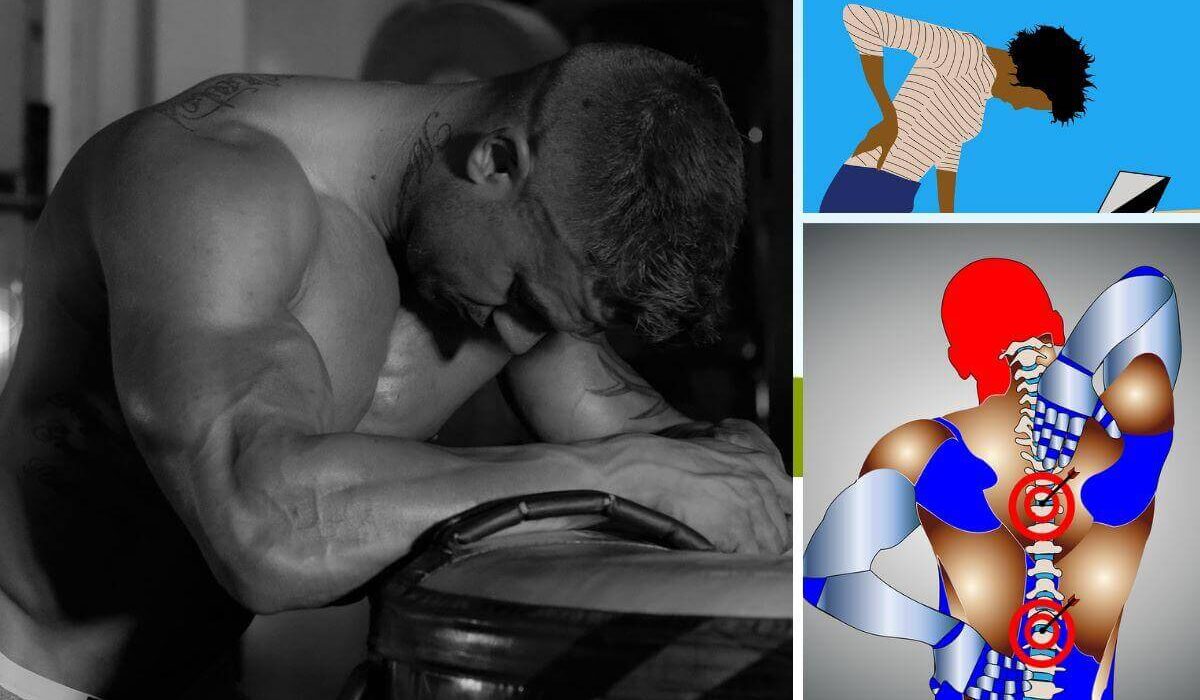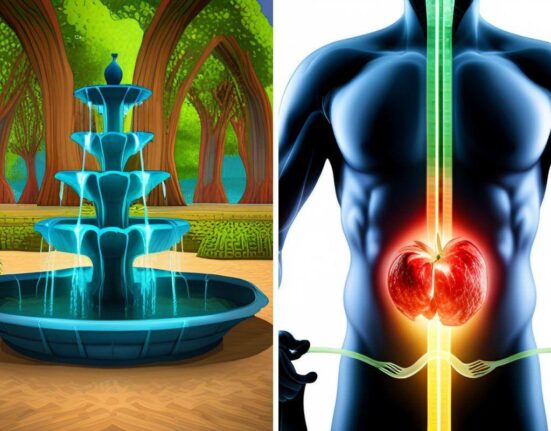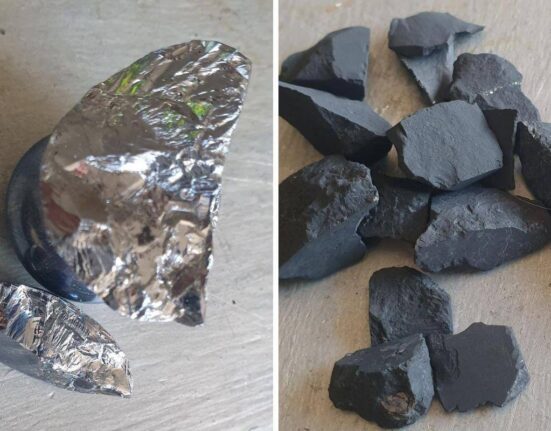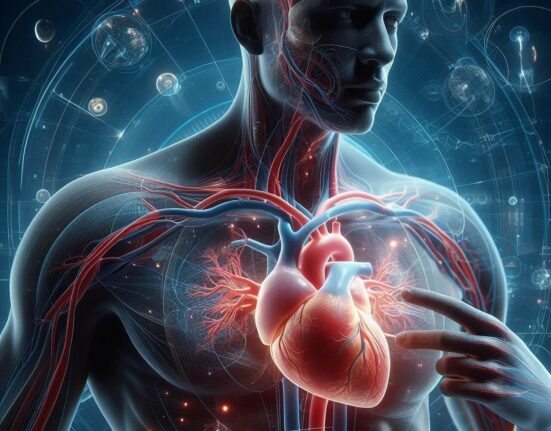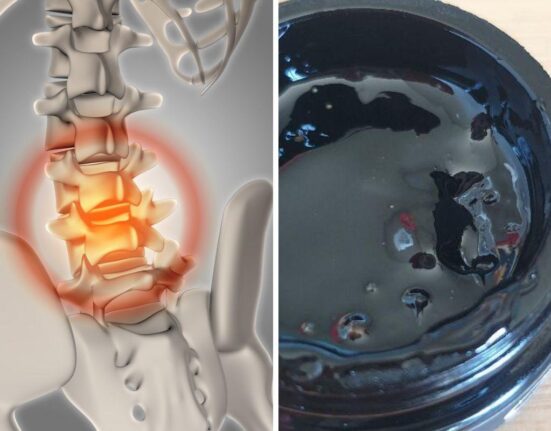There’s often confusion between bone pain and muscle pain, and that confusion hit home for me when I ran into my coffee table while walking through my living room.
I whacked my leg so hard that I felt an ache from within, so deep that I thought I had bruised my bone. The pain was intense and incredibly debilitating, making it difficult to walk or even stand.
For days, I tried to relieve the pain with ice and rest, but nothing seemed to help. I began to worry that I had done serious damage to my bone, possibly even fracturing it. It wasn’t until I visited the doctor that I discovered the true source of my pain: a significant bruising.
The doctor explained to me that bone pain typically feels sharp and localized, whereas muscle pain tends to feel more achy and wide spread. In my case, the pain was caused by the impact of hitting the coffee table, which had caused extensive bruising in my leg muscles.

It was a relief to finally understand the cause of my pain, but it took several weeks of rest and going easy before I was able to fully recover. The experience taught me a valuable lesson about the importance of listening to our bodies and seeking professional medical attention when necessary.
While bone and muscle pain can feel similar, getting a proper diagnosis is key to treating the underlying issue and achieving a full recovery.
Clearing up the differences between bone and muscle pain
Bone pain and muscle pain are two types of discomfort that individuals may experience at some point in their lives. While both pains can be excruciating and limit an individual’s mobility, it is essential to understand the differences between the two.
The inability to differentiate between bone and muscle pain often leads to improper treatment, leading to prolonged suffering and further complications.
In this article, we will delve into the distinct characteristics of bone and muscle pain, their causes, treatment options, and when to seek medical attention.

By the end of this article, you should be able to distinguish between bone and muscle pain and make informed decisions on how to manage the respective pains.
Dr Eric Berg, DC explains the 4 most common causes of bone pain:
What is muscle pain?
There are many different types of muscle pain, but the most common is simply fatigue from overuse. This can happen when you work out too hard or if you spend a lot of time moving around without taking breaks to rest.
It can also be caused by repetitive motions that put strain on specific muscles, like typing or playing games.

It can also occur due to an injury where bruising is extensive, like I experienced in my most memorable incident where I had to figure out the difference between bone and muscle pain.
The best way to treat it is to rest the muscle group that’s causing the pain. Ice and heat can also help ease the discomfort. If the pain is severe or lasts more than a few days, you should see a doctor to rule out any other potential causes.

It can occur as a result of overuse or injury to the muscle. Muscle pain is caused by overuse or when the muscle becomes injured, and it can be quite debilitating. It’s important to know the difference between muscle pain and bone pain so that you can get the right treatment and relief.
Muscle pain can be caused by an infection
Muscle pain can be caused by an infection through a variety of ways. Viral infections such as influenza, or the common cold can cause muscle pain as the body’s immune system responds to the infection. Bacterial infections such as Lyme disease or strep throat can

also cause muscle pain as the bacteria spread throughout the body and cause inflammation. Additionally, some infections can directly affect the muscles themselves, leading to muscle pain and weakness.
In any case, seeking medical attention and appropriate treatment is important for managing muscle pain caused by an infection.
The most common sources of muscle pain
There are several possible causes of muscle pain. Muscle injuries are generally the result of:
- Overuse or strain, and are often seen in athletes and people who are active throughout the day.
- Improper warm-ups
- Not stretching at all
- Infection

- Wearing the wrong shoes
- Excessive twisting or turning of the body
- Inadequate rest (recovery time) between sets
Your pain is localized and achy
If you’re experiencing muscle pain that’s localized and achy, it’s usually indicative of an overuse injury. Active people and those who participate in various sports typically endure aches and pains, but occasionally, the pain requires more insight, attention, and pain management.
Powerful and natural pain relief, hemp, arnica and turmeric combo
Hemp, arnica, and turmeric are three natural herbs that have been used for centuries to alleviate muscle pain and promote overall wellness.
Each of these herbs contains compounds that possess anti-inflammatory, analgesic, and antioxidant properties, making them ideal for natural pain relief and management. Use them on their own in a cream for pain relief with no side effects.

Hemp contains cannabidiol (CBD) which interacts with the body’s endocannabinoid system to reduce inflammation and pain. CBD also helps relax the muscles and reduce tension, promoting relaxation and reducing stress levels. The anti-inflammatory and antioxidant properties in hemp further help to protect the body from oxidative stress and inflammation.

Arnica contains helenalin, a compound that reduces inflammation and improves circulation. The herb’s anti-inflammatory and analgesic properties help relieve muscle soreness, joint pains, and stiffness. Arnica also helps reduce swelling, bruising, and other symptoms associated with muscle injuries.
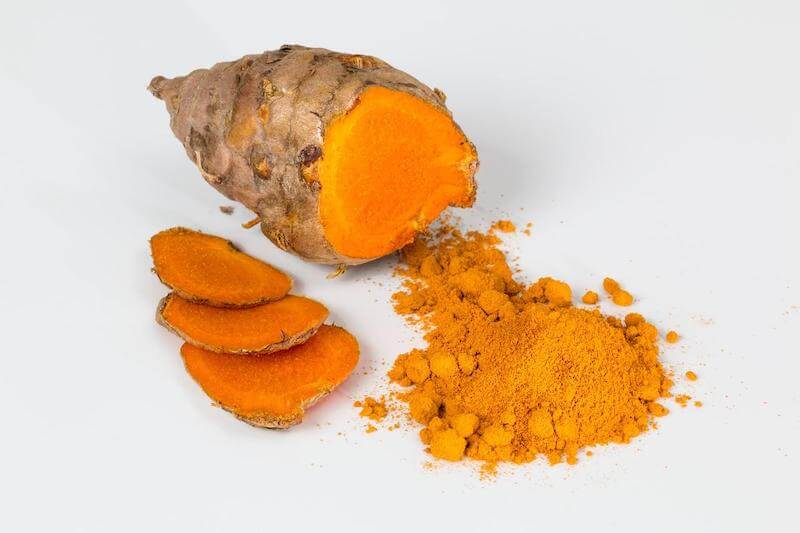
Turmeric contains curcumin, a compound that has powerful anti-inflammatory and antioxidant properties. Curcumin helps reduce inflammation and oxidative stress, reducing muscle soreness, stiffness, and pain associated with exercise or physical activity.
Additionally, turmeric has been shown to boost the immune system, improve joint mobility, and enhance overall physical performance.
When used together or on their own, hemp, arnica, and turmeric offer a potent combination of natural muscle pain relief and management. These herbs are available in various forms, including creams, oils, tinctures, and supplements, making them easy to incorporate into your daily routine.
And unlike prescription drugs, there is no risk of developing a dependency or adverse side effects when using these herbs.
Some other common causes of muscle pain include:
- Tendonitis is a condition characterized by inflammation of the tendons, which are the tissues that connect muscles to bones. It can occur due to overuse of the affected area, repetitive motion, or sudden trauma.
Symptoms of tendonitis include:
- Pain
- Stiffness
- Swelling
- Tenderness
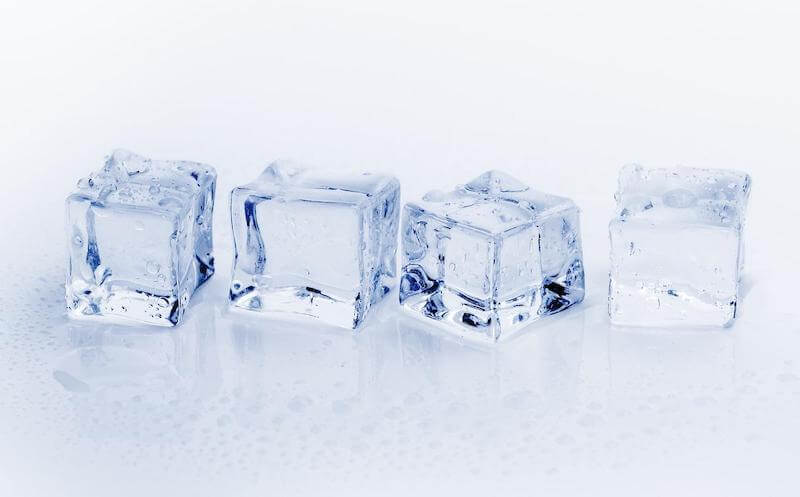
The condition can be treated with rest, ice, compression, and elevation. More severe cases may require physical therapy or surgery.
- Myalgia
This a general term for muscle pain, and can often be caused by overuse or repetitive motions.
If you’ve ever pulled a muscle or overexerted yourself at the gym, you’re probably all too familiar with myalgia. It can also be the result of an injury, infection, or underlying medical condition.

Symptoms of myalgia include in the affected muscle or muscles:
– Aching
– Stiffness
– Tenderness
In most cases, myalgia can be treated at home with rest, ice, and over-the-counter pain medications.
However, if the pain is severe or lasts longer than a few days, it’s important to see a doctor to rule out any underlying causes.
With proper treatment, myalgia is usually a short-lived and minor condition.
- Muscle strains
Muscle strains occur when the muscles are stretched or torn, and can be caused by sudden movements or lifting heavy objects.
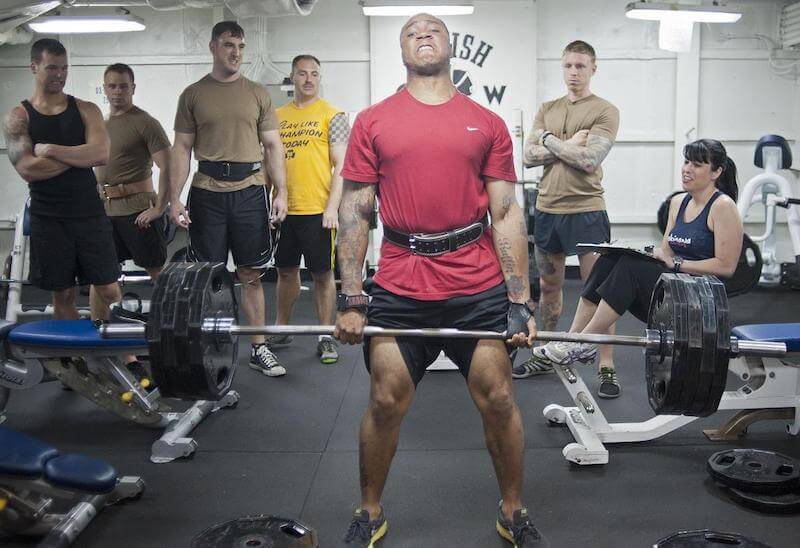
The most common reasons are overuse and injury. The key to alleviating muscle pain is to determine what’s causing it and take appropriate steps to address the issue.
- Fibromyalgia
This is a chronic condition that causes widespread pain throughout the body. While there is no known cure for fibromyalgia, the condition can be managed through a variety of treatments.
- Exercise and stretching are often recommended as a way to improve muscle function and relieve pain. Physical therapy and massage can also be helpful in reducing muscle stiffness.

Many patients prefer to find relief through alternative therapies like acupuncture and yoga. While there is no one-size-fits-all solution for fibromyalgia, many patients are able to find relief through a combination of treatments.
What is bone pain?
Bone pain is typically caused by damage to the bones, and it doesn’t usually go away with rest or treatment.
Bone pain is a common problem that can be caused by a variety of conditions. It can be sharp or dull, constant or intermittent, and it can occur anywhere in the body.
Many people experience bone pain as a result of arthritis, which is a condition that causes inflammation in the joints.

Other common causes of bone pain include injuries like:
- stress fractures
- diseases
- tumors
- cancer
- osteoporosis.
Treatment for bone pain will vary depending on the underlying cause. However, natural anti-inflammatory supplements and devices can often provide relief.
If the pain is severe or persistent, it is important to see a doctor for an evaluation where blood tests, magnetic resonance imaging (MRI), and other diagnostics can be performed.
The most common causes of bone pain
Bone pain can be caused by a number of things, ranging from injury to disease.
According to the National Institute of Arthritis and Musculoskeletal and Skin Diseases, chronic disease is a major cause of bone pain. The most common chronic diseases that lead to bone pain are arthritis, osteoporosis, and cancer.
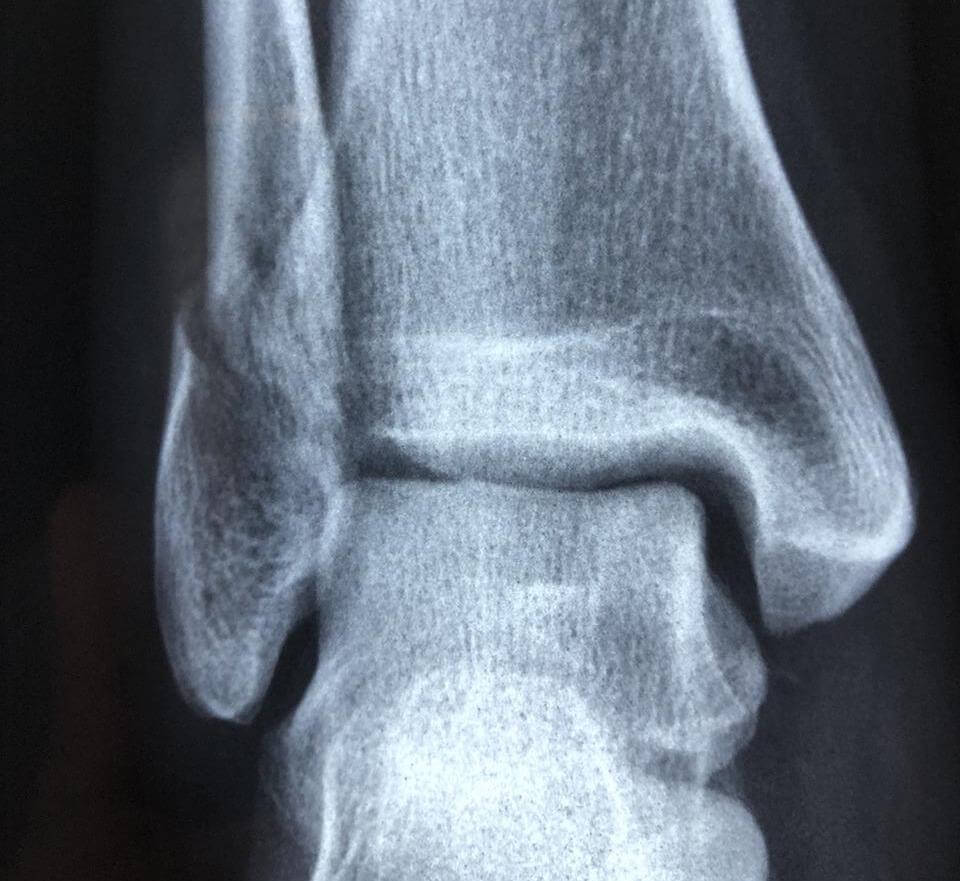
The most common cause of bone pain is arthritis, which is a degenerative condition that causes joint pain through inflammation.
Arthritis can cause the cartilage between bones to break down, resulting in inflammation, joint stiffness, and pain. This is a chronic pain that must be managed on a regular basis with varying strengths of a pain reliever such as acetaminophen.
Osteoporosis is a condition that causes bones to become weak and brittle, which can lead to bone fractures more easily in older adults.
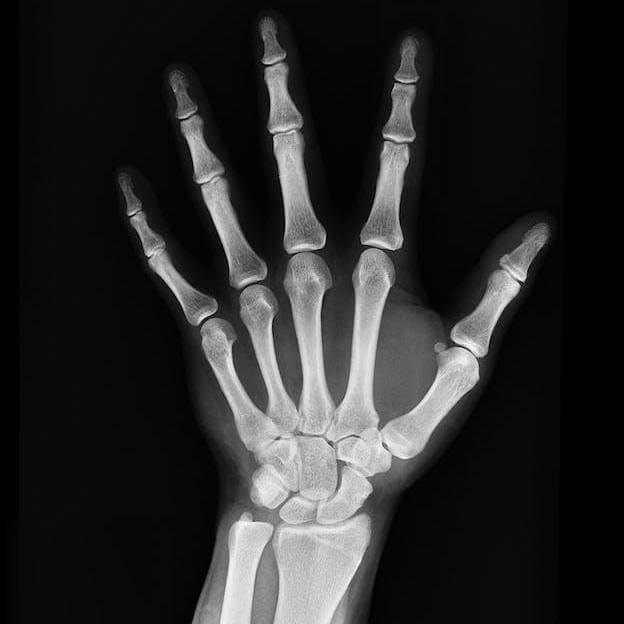
Cancer can cause bone pain as a result of direct cancer growth or cancer treatments such as chemotherapy. Cancer can also cause bone pain as tumors grow and spread to the bones. Infections, such as those caused by bacteria or viruses, can also lead to
Bone pain can also be caused by other chronic diseases such as diabetes, thyroid disease, and multiple sclerosis. It can come from osteomyelitis, which is an infection within a bone.
Treatment for chronic disease-related bone pain typically includes medication and lifestyle changes. In some cases, surgery may also be necessary.
Treatment for bone pain will vary depending on the underlying cause. However, over-the-counter pain relievers, physical therapy, and heat or cold therapy can all help to ease symptoms.
It’s important to consult with a doctor to determine the cause of your pain if it persists for more than two weeks.
Sudden Injury Bone Pain
Bone pain after a sudden injury is sharp, intense, and often debilitating. Unlike other types of pain, it can be difficult to find a comfortable position that doesn’t aggravate the injury. The sensation is often described as a deep ache or a burning feeling.
Additionally, bone pain can radiate from the point of injury and may be accompanied by swelling and bruising. If you experience bone pain after an injury, it’s important to seek medical attention as soon as possible.
Bone pain is often a sign of a serious injury, and delaying treatment can lead to complications. It is important to get an x-ray to see exactly what damage has occurred to the bone, if any.
Title: “5 Key Differences Between Muscle Pain and Bone Pain”
If you’ve ever experienced pain in your body, you know that it can be difficult to pinpoint exactly what’s causing it.
Two common types of pain are muscle pain and bone pain, but how do you know which one you’re experiencing?
Here are 5 key differences between the two:
1. Location
Muscle pain typically occurs in a specific area, while bone pain is often more widespread. Muscle pain may be felt in a single muscle or muscle group, whereas bone pain can affect an entire limb or even the entire body.

2. Sensation
Muscle pain is often described as a dull ache or soreness, while bone pain is often described as a deep, intense ache or throbbing sensation. Additionally, bone pain may feel like it’s coming from deep within the affected bone.
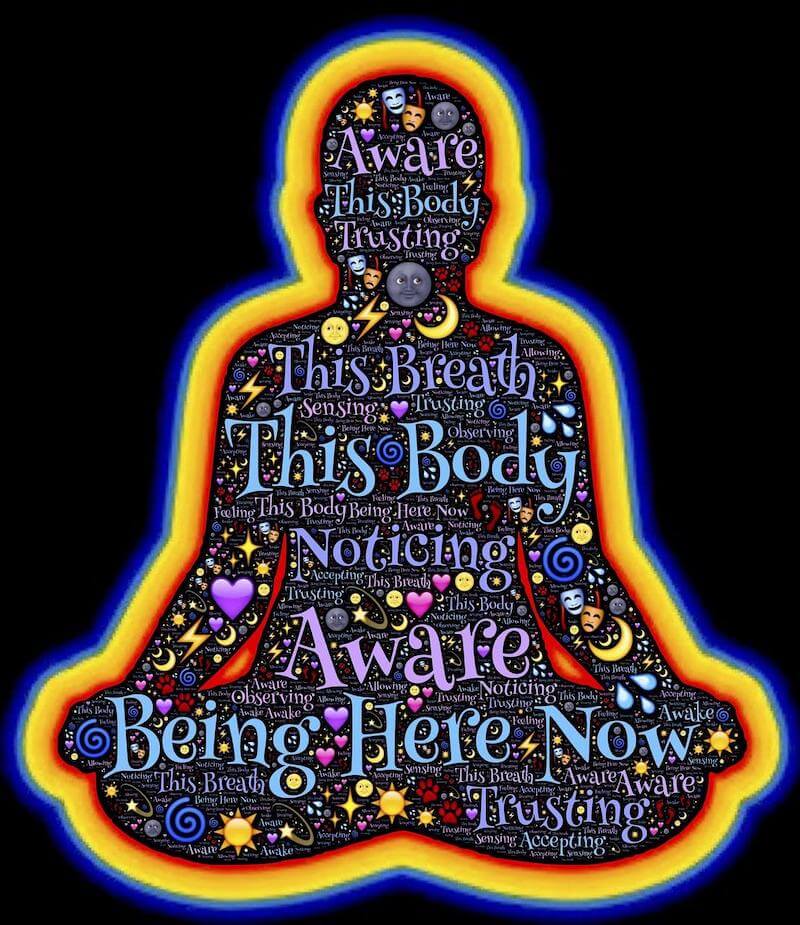
3. Triggers
Muscle pain can be caused by overuse or injury, while bone pain is often caused by underlying conditions such as osteoporosis, arthritis, or cancer. Bone pain may also be triggered by changes in the weather or physical activity.

4. Symptom presentation
Muscle pain is often accompanied by stiffness or limited range of motion, whereas bone pain can be accompanied by swelling, tenderness, or redness around the affected area.
5. Treatment options
Muscle pain can often be treated with rest, stretching, or natural pain relievers or devices like infrared treatment, while bone pain may require more specialized treatment such as prescription or natural pain relief, physical therapy, or surgery.
Is it possible to have both bone and muscle pain at the same time?
Yes, it is possible to have both bone and muscle pain at the same time. Bone pain typically feels more tender and swollen than muscle pain. The two types of pain typically have different symptoms and can be caused for different reasons.

Both bones and muscles are composed of tissue that can be damaged by injury or disease. When this occurs, the body responds by sending pain signals to the brain. In some cases, the pain may be specific to one area, such as the muscles in the back or the bones in the legs.
However, it is also possible for the pain to be more widespread, affecting multiple bones and muscles simultaneously. This can often occur in cases of arthritis or fibromyalgia, where the inflammation causes pain in multiple areas of the body.
Treatment for bone and muscle pain often depends on the underlying cause. However, over-the-counter pain relievers can often provide relief from symptoms.

Bone pain may also be accompanied by stiffness, swelling, and redness.
Muscle pain usually feels more localized and less severe.
Concluding remarks on bone vs muscle pain
It is always good to take preventative measures like ensuring you eat a healthy and balanced diet full of nutrition. Supplement calcium and magnesium and other bone-building supplements to give your body a good foundation for healing itself during a soft tissue injury and in other circumstances where it can.
Know that aches and pains are a part of life sometimes and learn to determine when they are from a hard workout and you need to rest it out, and when you should raise concern. Keep in mind, when in doubt, get it checked out!
The links used on thewellthieone.com are affiliate links, which may provide a small commission. This does not increase the price of the goods for the consumer whatsoever. What it does is ensure that useful content like this can continue to be produced. Thank-you for enjoying our content and allowing us to continue to provide more.

